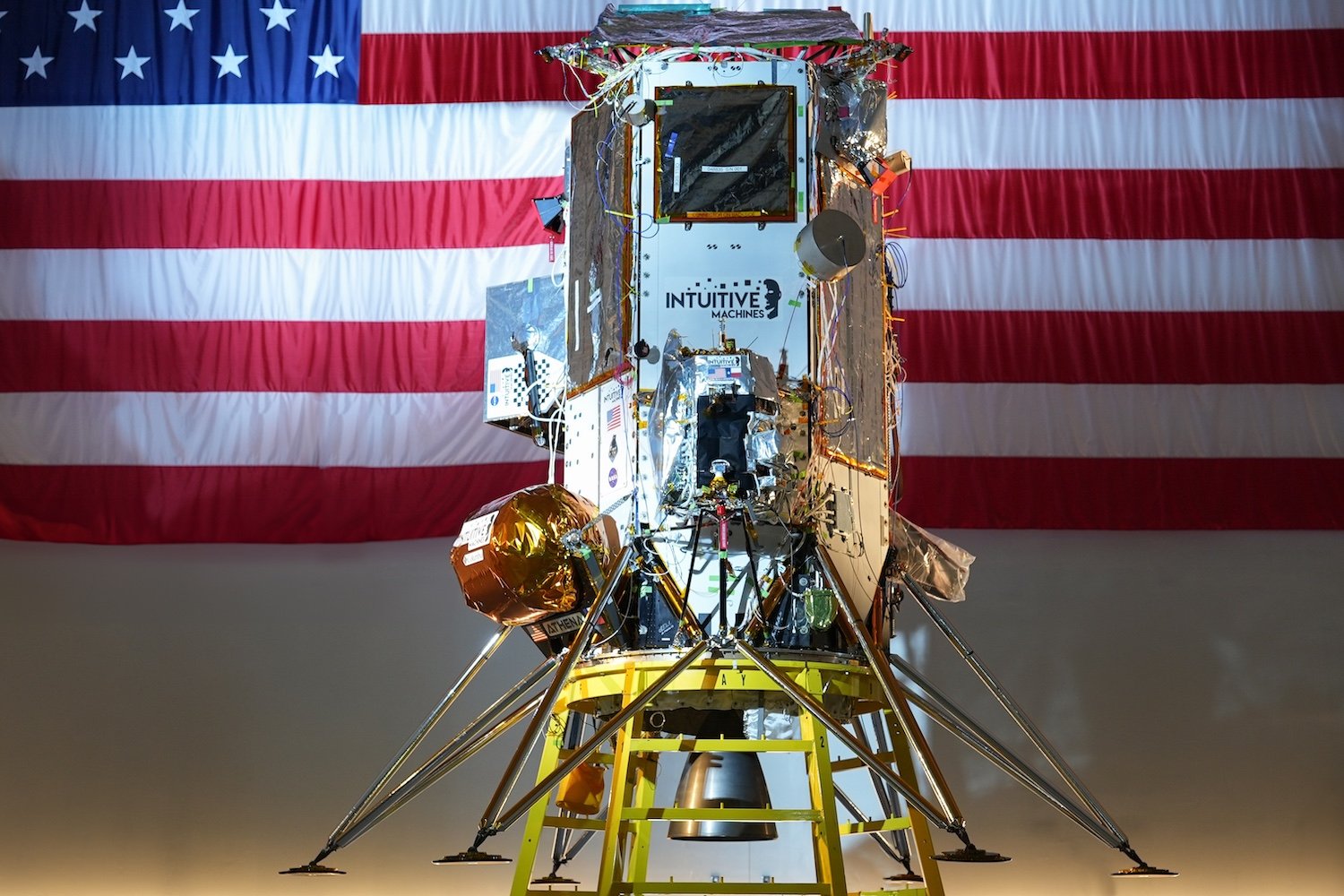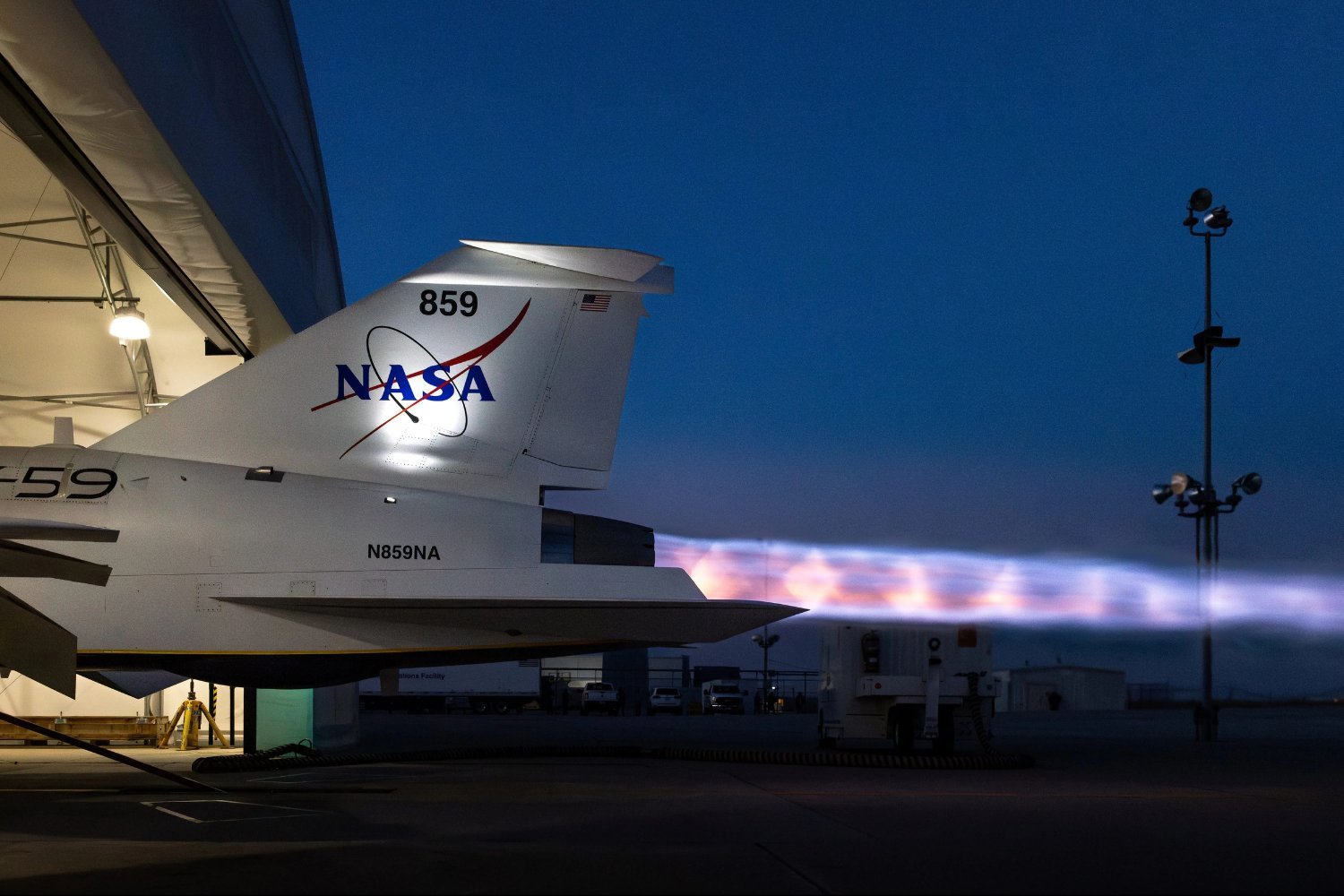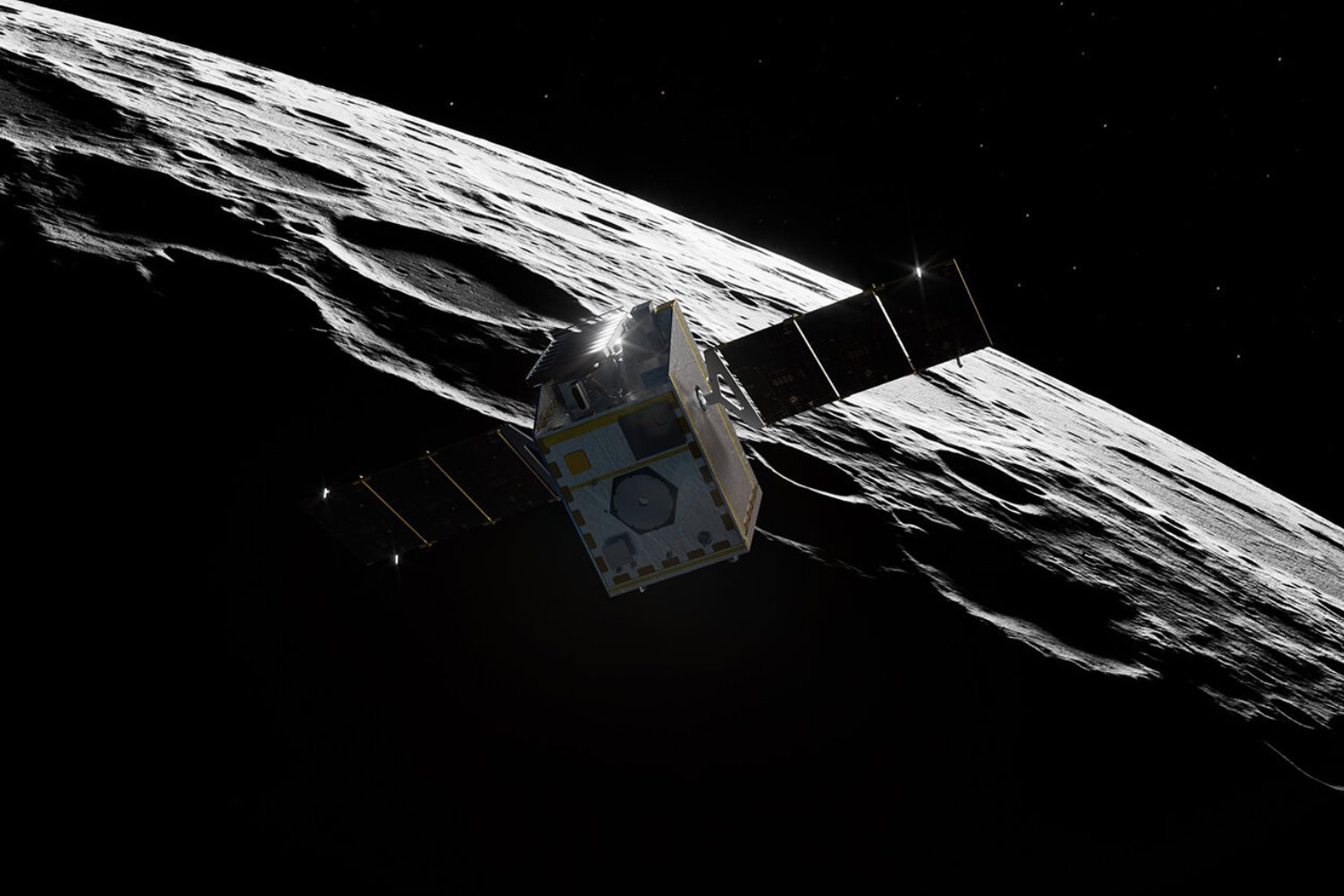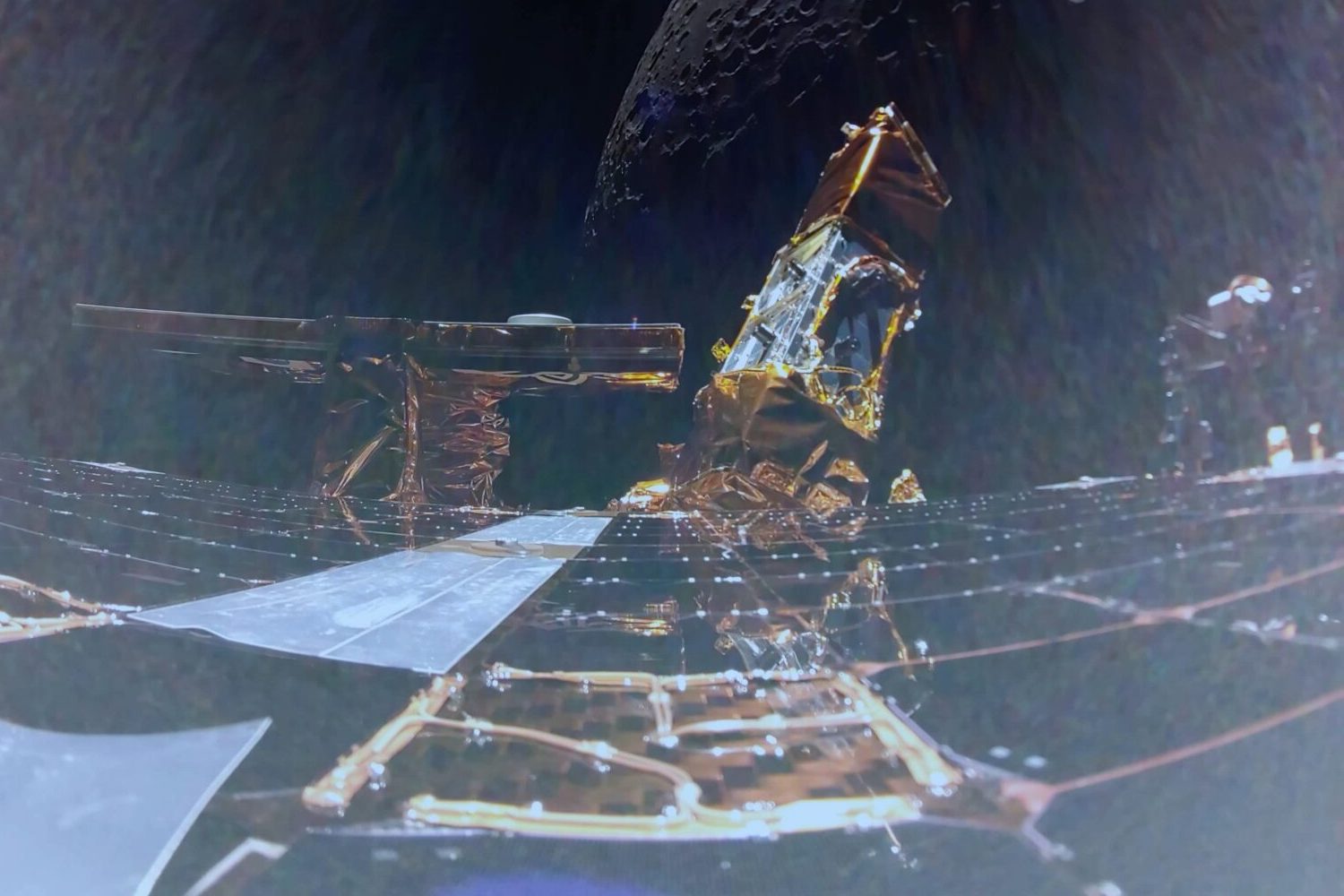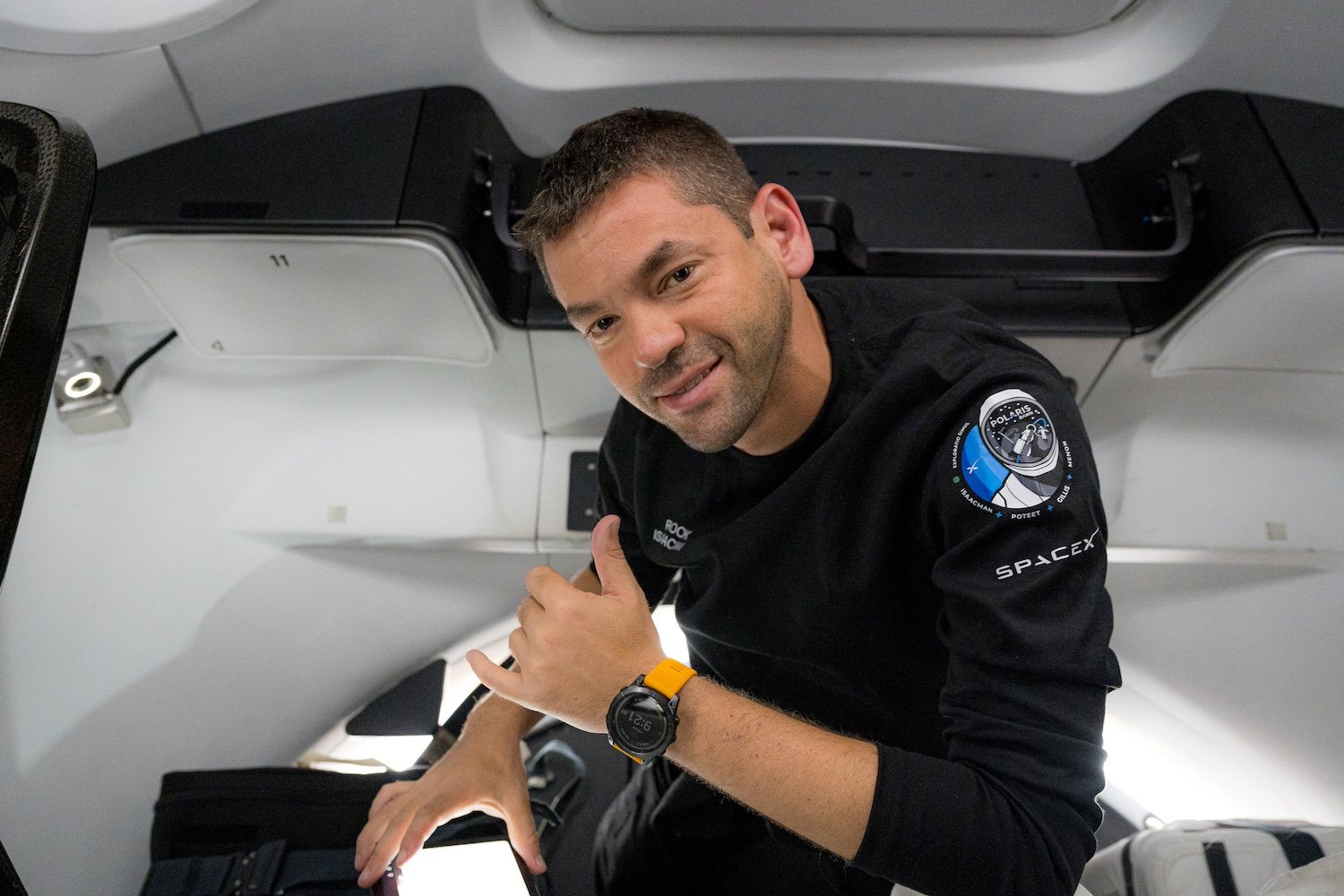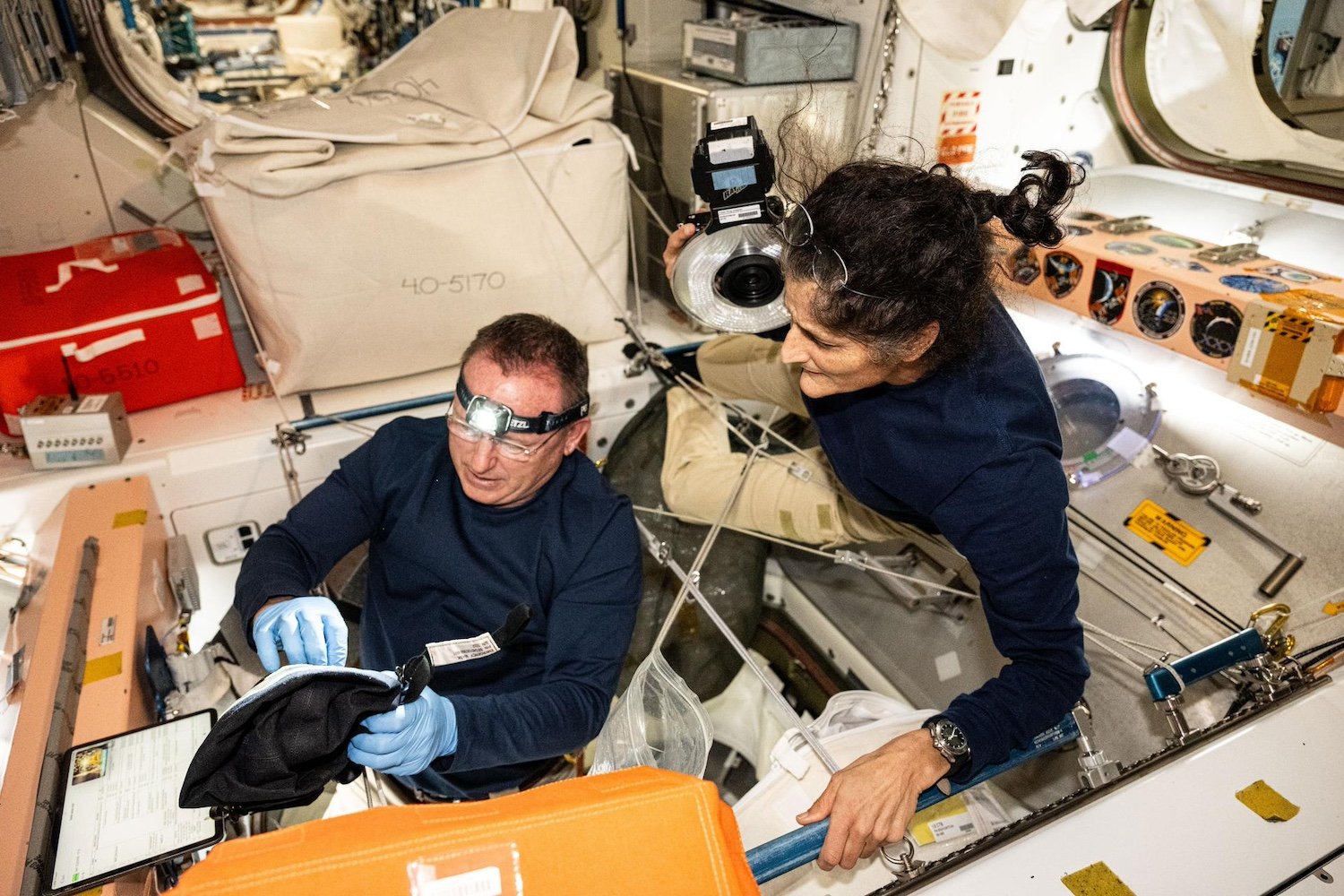The Moon’s permanently shadowed craters hold mysteries yet to be uncovered. A brave new robotic explorer, Grace, is poised to leap into these uncharted territories, offering unprecedented views of the lunar south pole. This innovative hopper robot is part of Intuitive Machines’ second lunar mission, IM-2, a crucial component of NASA’s Commercial Lunar Payload Services (CLPS) initiative.
Launching aboard a SpaceX Falcon 9 rocket as early as February 26, 2024, the Athena lunar lander will carry Grace and a suite of NASA and commercial payloads to Mons Mouton, a plateau near the Moon’s South Pole. Upon successful landing, Athena will deploy Grace, named after computing pioneer Grace Hopper, to embark on its groundbreaking mission. This symbolic naming reflects the robot’s objective of making the Moon’s most inaccessible regions accessible to global observation.
Unlike its human namesake, Grace is a propulsive drone designed to hop across the lunar surface. Its mission involves five progressively higher hops, culminating in a 330-foot (100-meter) leap on the third hop. This impressive feat will propel Grace into the depths of Crater H, a 65-foot (20-meter) deep crater located approximately 1,650 feet (500 meters) from Athena’s landing site.
Within the crater, Grace will search for water ice and other valuable resources while capturing images with its onboard cameras. Communication with Athena will be maintained via Nokia’s Lunar Surface Communication System, aiming to establish the first 4G/LTE network on the Moon.
Grace’s mission profile involves approximately 45 minutes on the crater floor before hopping back to the surface. This novel approach to crater exploration eliminates the need for complex descent and ascent systems. While Ingenuity demonstrated aerial exploration on Mars, Grace represents the first hopping robot designed for lunar exploration, preceding China’s planned mobile hopper for the Chang’e 7 mission in 2026.
This mission marks a significant step for Intuitive Machines, following their first lunar landing with Odysseus in February 2024. While Odysseus successfully landed, it encountered difficulties, tipping onto its side. Named after Odysseus’ divine patron, Athena, and the goddess of wisdom and battle, the new lander carries the hope of a flawless touchdown, paving the way for Grace’s pioneering exploration of the Moon’s hidden depths.
Grace’s mission is not just a technological demonstration but a leap forward in lunar exploration, promising valuable insights into the Moon’s composition and potential resources. This innovative approach could revolutionize how we explore celestial bodies, opening new frontiers in our quest to understand the universe.



